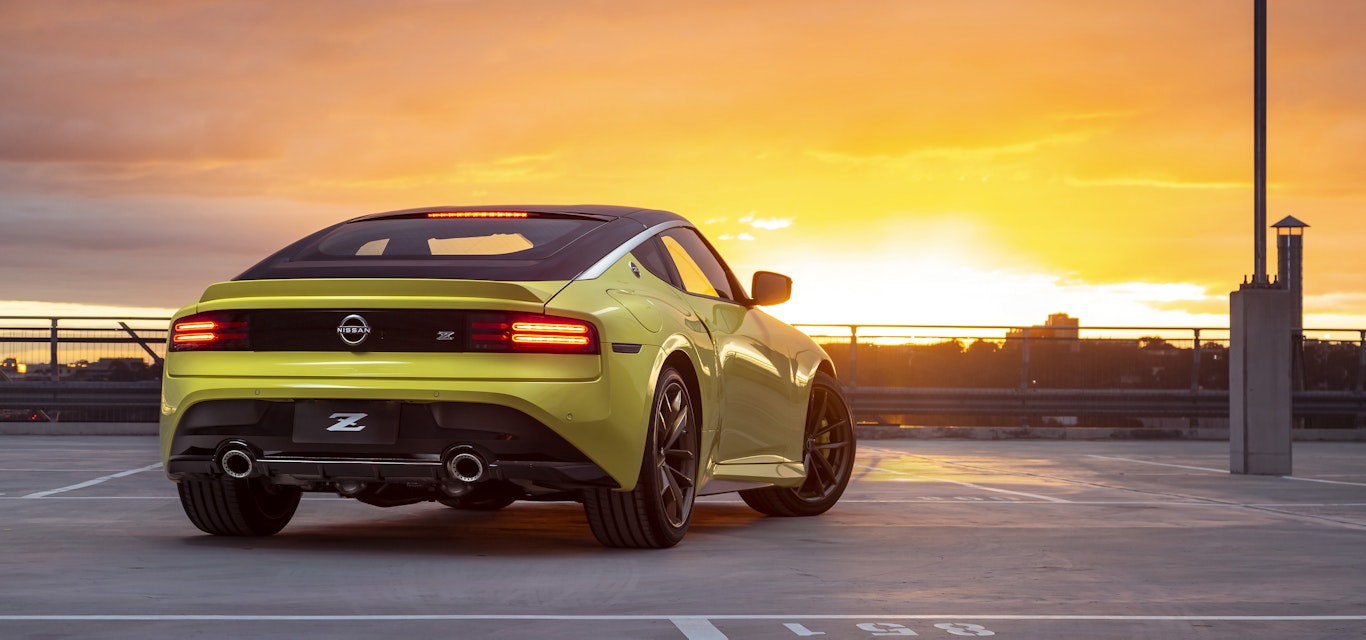Auto news: Oct/Nov 2022
The latest developments in the car world.
The concept's ace, man
Mini has showcased new design and technologies with the reveal of its first fully electric crossover model, the Mini Concept Aceman. A spokesperson said the concept points to a future model designed to bridge the gap between the Mini Cooper and the Mini Countryman. The compact Aceman features a closed and illuminated octagonal grille, four doors, a spacious interior with seating for five and a large boot.
Expressive paint finishes emphasise the car’s lively character, and Mini has banished the use of leather in favour of more sustainable materials inside the colourful cabin. The Aceman’s wide, flat dashboard mimics the design of a soundbar, with a round OLED central instrument display housing a new Operating System built on an Android open-source software stack. A sensor-based animation delivers a welcome scenario consisting of light effects and sound as the user approaches the vehicle. No technical details were released but there’s speculation the Aceman will be offered in both single motor front-drive or twin motor all-wheel drive formats, with battery sizes ranging from 40 to 50kWh.
For more visit: mini.com.au
Tassie an eFuel hub
Tasmania is set to become the site of Australia’s first large-scale, carbon-neutral eFuels production facility, following an announcement by leading eFuels company HIF Global.
HIF Asia Pacific, a wholly owned subsidiary of HIF Global, filed a Notice of Intent with the Tasmanian Environment Protection Authority in July seeking approval for an eFuels production facility, to be located about 30km south of Burnie. HIF Global has already announced similar projects in Chile and the United States, with leading German car maker Porsche taking a 12.5 percent holding in the company courtesy of a US$75 million investment. Electricity-based fuels, or eFuels, are carbon-neutral fuels produced with renewable energy used to create green hydrogen through electrolysis, and the hydrogen then combined with carbon dioxide in a reactor to produce e-fuel. It can be used as a direct replacement for fossil fuels in cars, trucks, ships and airplanes. Porsche’s investment is designed to ensure combustion engines used in its own race cars, and those of its customers with older models, can be operated in an almost CO₂-neutral manner. HIF Asia Pacific CEO Ignacio Hernandez said, “At full operation, the HIF Tasmania facility is expected to produce up to 100 million litres per year of carbon neutral eFuels, reducing global CO₂ emissions by approximately 260,000 tons per year, the equivalent of decarbonising 52,000 cars on the road today.”
Construction is expected to begin in 2024.
Z's not dead
Almost two years after the slinky Z Prototype set the global sports-car community abuzz, the 2023 Nissan Z is poised to debut on Australian roads. This seventh-generation version of the Japanese sports car traces its lineage back to the original Datsun 240Z of 1969. Nissan claims more than 1.8 million Z cars have been sold worldwide over the model’s six generations, with the new Z drawing styling inspiration from predecessors including the 240Z and the 300ZX. Motivation comes from a new twin-turbocharged V6 producing 298kW and 475Nm and driving the 19-inch rear wheels via a six-speed manual with synchronised rev control, or a nine-speed automatic with paddle shifters. With its classic long bonnet, steeply raked windscreen and low-slung cabin silhouette, the Z rocks a poised-to-pounce posture that’s sure to make it a hit with performance car aficionados.
For more, visit nissan.com.au
